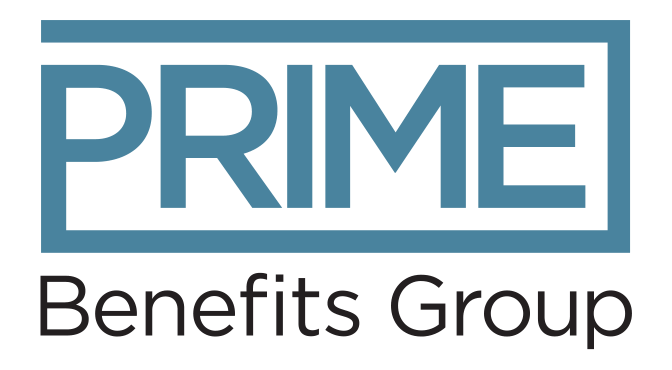- Have a question?
- 613-89-Prime (77463)
- 1-866-950-3667
- info@primebenefitsgroup.com
How Employers and Employees can Achieve Work-Life Balance


Stones balanced on a large rock by the ocean.
The IT revolution and the pandemic have resulted in more of us working remotely than ever before, and this trend is likely to continue. As much as we love working from home, it makes it much more difficult to separate home-life from work-life. For many, the blurred line between work and home has added stress to our lives and caused burnout, leading to increased turnover and decreased production. We need to learn to balance work and home in a healthy way to feel completely fulfilled.
The Leader’s Role
Leaders play a key role in promoting a healthy work-life balance in their employees. Here are 13 tips for leaders to help employees achieve better work-life balance:
- Flexible work: The biggest contributor to work-life balance is when the employee can decide where and when to work. This gives them freedom to find their own balance.
- Generous time-off policy: Offer several time-off options for vacation days, personal days, holidays, volunteer work, parental leave, innovation time off, chances to earn days off. It is much better to have workers who feel free to take time off when they need it than to have workers who are burnt out and quit.
- Review current work: Ensure current policies are still effective and that workloads are achievable. These should be reviewed regularly as work roles and what is important to employees fluctuate over time.
- Create an awesome work environment: A place where employees want to be because they’re inspired, motivated, and they feel safe among friends. You don’t want employees to leave work feel drained.
- Consider impactful benefits: Use inclusive benefits that make a big difference in the employees’ lives, such as health insurance, onsite daycare or parental assistance, disability, and so on. This shows employees that you truly care about their wellbeing.
- Provide professional development opportunities: Helps employees stay engaged and productive if they continue to learn and strive for new goals in the company.
- Use a task-oriented mentality: Work smarter instead of longer. Encourage proper planning and efficiency and focus on productivity rather than number of hours worked.
- Promote employee health: Educate employees about the importance of a healthy work-life balance and promote different health initiatives, such as exercise, nutrition, meditation, and so on.
- Encourage breaks: Whether it is a short 10-minute break, a lunch break, or a vacation, leaders need to encourage workers to take time off as a prevention to burnout.
- Ask your employees: To understand the problem, it helps to reach out and ask how to best meet their needs, either through an anonymous survey or a healthy conversation.
- Set boundaries: With your clients and employees, have well-defined business hours with hard close times, making sure there is a plan in place for after-hours issues.
- Set an example: Your employees won’t take a break, unplug, or make their own wellbeing a priority unless they know from you that it is okay. You need to show them by doing it first, and when they follow suit, commend them for it.
- Balance is different for everyone: Remember that every employee is unique, and they all have different balance points that will change over time as their lives change. You can empower employees with the skills to manage their time, put their own wellbeing first, and communicate those changes to you.
The Employee’s Role
But employers alone can’t provide a complete work-life balance, and employees must take some responsibility as well. Here are six tips for workers to improve their own work-life balance:
- Work consistently: Maintain a regular work schedule and establish a sacred work area. This helps focus and increases productivity.
- Work efficiently: Set goals and stay organized. This allows more work to be produced during work time, leaving more free time available in the day.
- Take breaks: Whether it is a 10-minute break, a lunch break, or some longer me-time to go for a walk or read a book, it is important to schedule those breaks throughout the day and then take them.
- Don’t be afraid to ask for help: It isn’t necessary to be a hero and take on too many work responsibilities.
- Prioritize your health: Physical, mental, and emotional health should be the #1 priority, and time in the day should be dedicated to each.
- Set boundaries: Through discussion with the manager, establish expectations for when work will and will not be conducted. Know that there is no perfect work-life balance, and this will likely change over time.
We recognize the challenges of striving for work-life balance and we’re here to help. Please contact us at info@primebenefitsgroup.com so we can work together and create solutions that work best for you and your organization.
Suggested Readings:
- https://www.health.harvard.edu/blog/only-the-overworked-die-young-201512148815
- https://www.projectmanager.com/blog/work-from-home-policy-examples